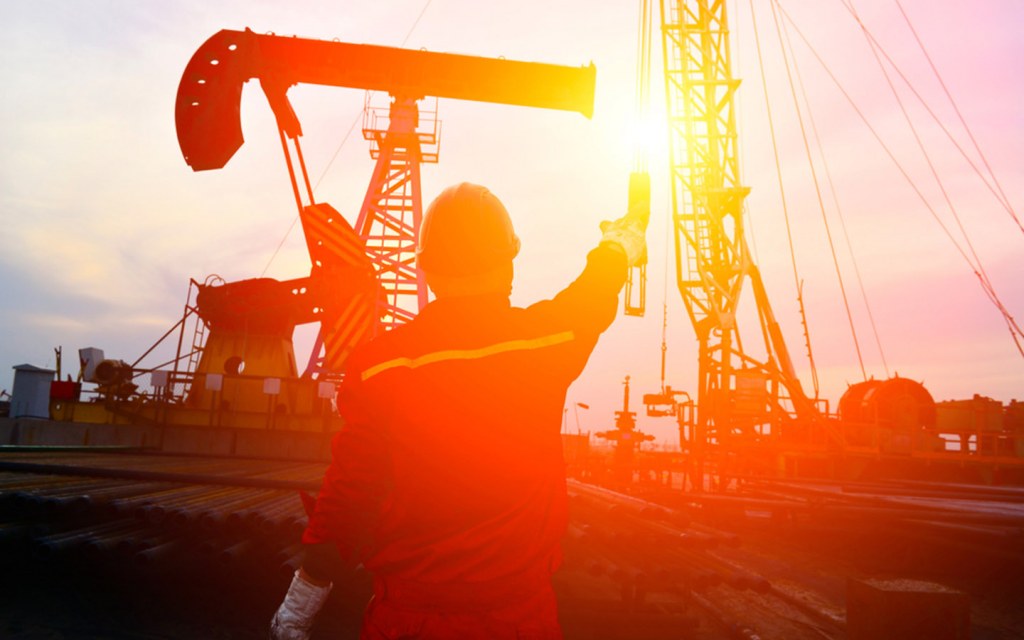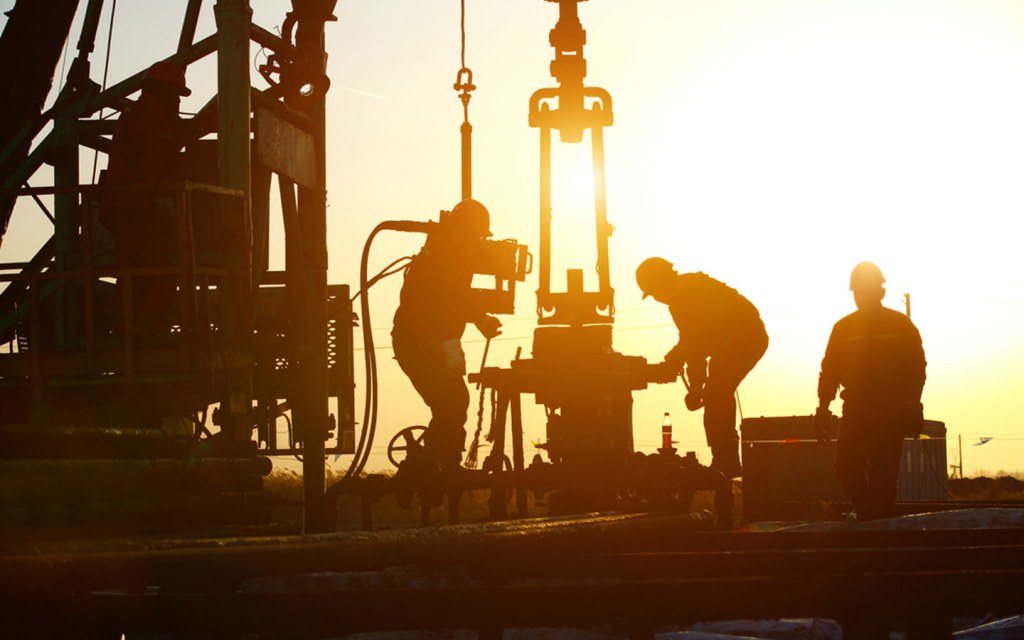Home » Construction » Here’s All You Need to Know about the Second-Largest Gas Reserves in Pakistan
UPDATE (Feb. 2, 2021): The Oil and Gas Development Company Limited (OGDCL), one of Pakistan’s leading E&P companies has discovered gas and condensate reserves from its exploratory well Sial-1, which is located in district Hyderabad in the Sindh province.
According to the OGDCL, the latest discovery can contribute to reducing the ever-widening gap between the supply and demand of oil and gas in Pakistan via indigenous resources.
Right after Pakistan reserved the 11th spot in global esports earnings, another good news is making headlines across the nation. Pakistan Petroleum Limited (PPL) has recently discovered mega gas reserves in Margand Block in Kalat, Balochistan, which is said to be one of the largest gas reserves in Pakistan since Sui. Let’s find out how this mega discovery will turn the tables for Pakistan’s economy and play a significant role in the well-being of Pakistan at the same time.
Overview of Gas Reserves in Pakistan – Stats, Facts, and More

Before we brief you on the recent discovery by Pakistan Petroleum Limited, let’s first understand what natural gas reserves are.
According to petroleum experts, reserves for natural gas refer to mega deposits of natural gas underground. These reserves are usually smaller than coal reserves but comparatively larger than oil reserves. Several independent geological and engineering surveys have revealed the existence of many such reserves in Pakistan with a high level of certainty. Here’re some more intriguing facts about natural gas reserves in Pakistan:
- Natural gas is found worldwide, but some countries have more reserves than others. Among many such countries, Pakistan ranks 29th in the world.
- Owing to its global ranking, a recent study suggests that Pakistan has around 19 trillion cubic feet (Tcf) of proven gas reserves.
- The consumption rate of natural gas per year has been recorded at 1,590,904 million cubic feet (MMcf).
- Pakistan exports around 3% of the natural gas produced in the country
- Pakistan’s share in the global natural gas production is 0.28%
Now that you have a clearer understanding of the current situation of gas reserves in Pakistan and their importance, we will walk you through the history of Pakistan’s gas reserves, and then move on to discuss the recent discovery by PPL.
Hydrocarbon Reserves in Pakistan – A Sneak Peek into History
Besides wearing the tag of the biggest province of the country, Balochistan, Pakistan is geologically blessed, especially considering its unique coastline that includes crystal-clear waters of Kund Malir and several other natural geological wonders. Looking at the many natural wonders decorating the province, there’s no harm in saying that Balochistan is specially blessed when it comes to natural gas reserves and is already the most significant contributor to Pakistan’s overall natural gas supply. The recent discovery of hydrocarbon reserves in Kalat means that the province hosts both the largest — Sui — and the second-largest gas reserves in Pakistan. We will discuss the recent discovery in the latter part of this blog. For now, let’s talk about some more historical findings in the province.
To date, the region of Sui boasts the largest natural gas reserves discovered in Pakistan. The reserves were discovered in 1952, and soon after, Sui became the largest natural gas field in the country, named after its location in Balochistan. The natural gas reserves discovered in Sui fall under the jurisdiction of Pakistan Petroleum Limited.
Even though there are quite a few other hydrocarbon gas reserves in Pakistan that contribute to the country’s requirements but Sui, is, hands-down, the most dominant contributor. This statement can be measured by the fact that this gas reserve, single-handedly, accounts for more than 5 percent of the country’s overall gas production. No wonder why you will often hear Pakistanis referring to gas as “Sui gas”.
The economic stability provided by this hydrocarbon gas reserve in Balochistan is by far the best reason why the government has been eager to discover more gas reserves in the country, particularly in the regions neighbouring Sui.
PPL Discovers Hydrocarbon Gas in Kalat, Balochistan – The Second-Largest Gas Reserves in Pakistan

Nobody can deny the fact that Pakistan’s economic engine is going full throttle. Besides the country’s stable economic outlook, its federal capital has recently been marked safer than Paris on the World Crime Index. Also, Pakistan has recently emerged as the third-most important name in the list of revenue-generating countries in the freelancing market, based on the global ranking.
Needless to say, whether it’s the field of economics, entertainment, or the global freelancing market, the production of natural gas (via which we generate power, use as a fuel, and rely on to cook our food) has played a pivotal role in ensuring Pakistan’s success in all these arenas.
Since almost every sector in Pakistan is growing and evolving to keep pace with the rest of the world, the country requires more resources to keep running smoothly. The nation has been facing issues such as gas and power outages for quite some time now, and the news of this discovery brings some much-needed relief to people.
That said, Pakistan imports nearly 80 percent of energy resources from the international market to meet its needs. And the demand for energy is increasing by 8 percent every year.
The head of the government’s task force for energy reform, Nadeem Babar, reported that the government has taken every possible measure for the exploration of natural gas and now aims to make a few amendments in the process, starting with inviting global investors. Getting global attention was never a problem for Pakistan since it is known as one of the most attractive destinations for gas drilling.
Thanks to the government’s revised policies and persistent support, Pakistan Petroleum Limited – a state-owned oil and gas exploration company – has been successful in finding a massive gas reserve in Margand Block in Kalat – a small region in Balochistan.
This new discovery, which is being hailed as the second-largest gas reserves in Pakistan, is the result of consistent drilling since 30th June 2019.
Pakistan Petroleum Limited carried out a Modular Dynamics Testing (MDT) in Margand Block at a depth of 4,500 metres, which led to the discovery of this natural reserve.
The experts at PPL followed the lead, and after further studying and conducting a Drill Stem Test (DST), they concluded that these gas reserves have the potential to exceed 1 trillion cubic feet. However, the actual size of hydrocarbon reserves in Margand Block are kept secret for now.
Margand Block discovery is one of the most crucial turnovers in Pakistan’s economic development and its history since there had been no major discoveries over the last 15 years. According to an expert, if Margand gas reserves replace LNG, Pakistan can save more than $900 million on the import bill since LNG is taking a toll on the domestic consumer’s pocket and costs 100 percent more than the gas produced in Sui.
Other Recent Hydrocarbon Discoveries in Different Parts of Pakistan
Headquartered in Islamabad, the Oil and Gas Development Company Limited (OGDCL) has made a few small yet highly important discoveries of both oil and gas reserves in different parts of Pakistan that are expected to fulfill the country’s needs for another 90 years. Here’s an overview of all the discoveries over the past few months:
- In June, OGDCL publicly announced that they have been successful in finding hydrocarbon reserves in Sindh. The company is yet to estimate the production number.
- In August, OGDCL found another hydrocarbon reserve in Kohat, which will produce 240 BPD of crude oil and 12.7 MMSCF of gas.
- It was during October that the company discovered oil and gas reserves in Kohat – a district in KPK. As per the preliminary findings, the well has the potential to produce around 50 BPD of crude oil and 4.1 MMSCFD gas.
On a side note, we have recently published a blog that lists all the requirements for the installation of a gas connection in Pakistan. Make sure you stop by our blog and share with your friends who are in the process of relocation and might need to apply for a connection.
What are you expecting from the recent discovery by PPL? Let us know your views at blog@zameen.com.
We will keep updating this blog with the latest information, so bookmark this page. For more informative posts, don’t forget to subscribe to Zameen Blog.



